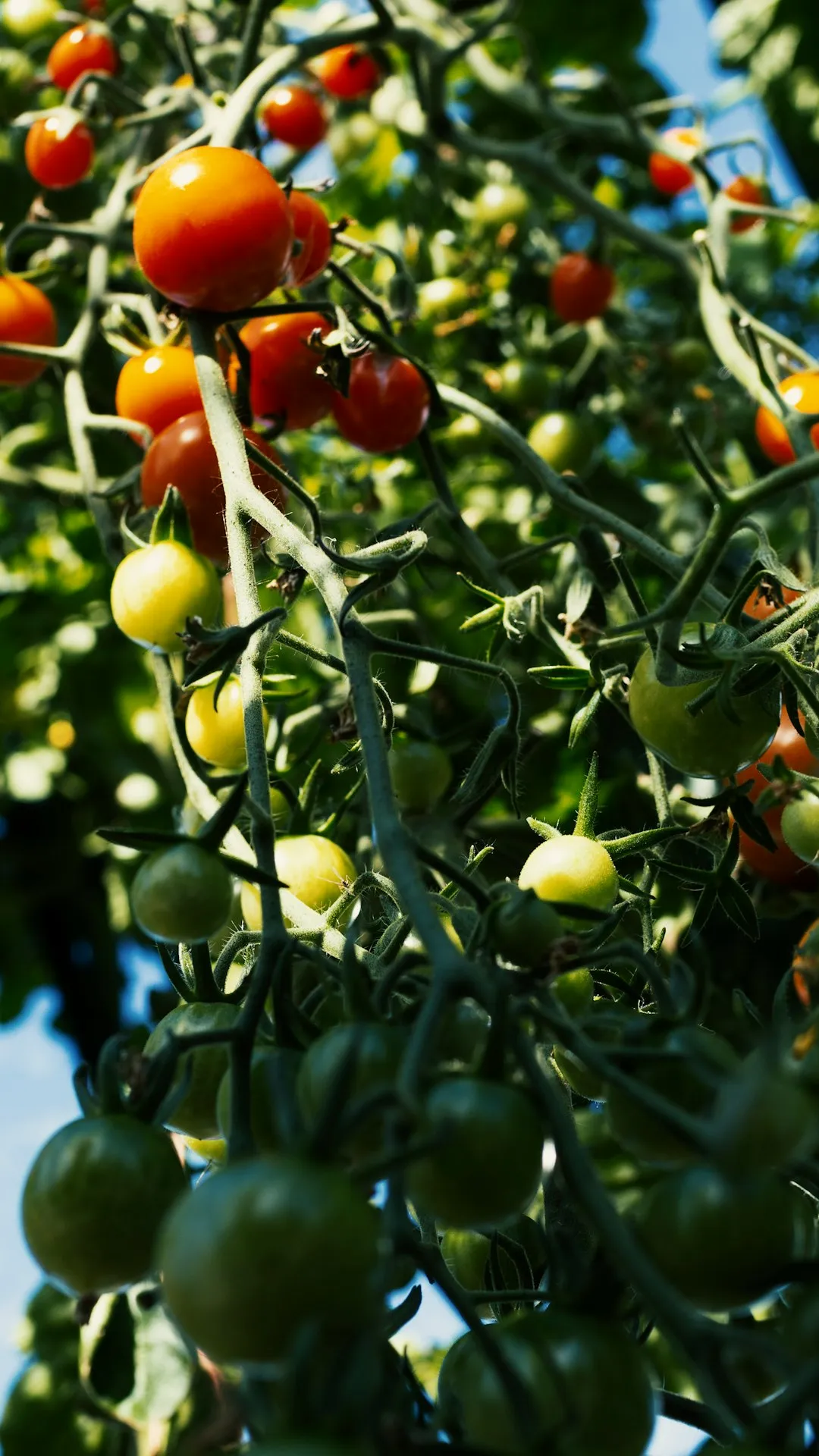Unleashing the Beauty of Flowering Kale: A Seasonal Gardening Guide

Flowering kale, with its vibrant colors and unique foliage, is a captivating addition to any garden. Whether you're a seasoned gardener or just starting out, growing flowering kale in the spring and fall can bring a touch of elegance and charm to your outdoor space. In this guide, we'll explore essential tips for cultivating this beautiful plant, including how to start it from seed.
Why Choose Flowering Kale?
Flowering kale, also known as ornamental kale, is a member of the Brassica family. It is prized for its large, ruffled leaves that come in a variety of colors, including white, pink, purple, and green. Unlike traditional kale, which is grown for its edible leaves, flowering kale is primarily grown for its aesthetic appeal. It can be used in flower beds, borders, containers, and even as a cut flower.
When to Plant Flowering Kale
Flowering kale is a cool-season plant that thrives in temperatures between 45°F and 65°F. In most regions, it is best to plant flowering kale in the spring or fall. Spring-planted kale will typically bloom in late spring or early summer, while fall-planted kale will bloom in late fall or early winter.
Starting Flowering Kale from Seed
Starting flowering kale from seed is a cost-effective and rewarding way to grow this plant. Here's how to do it:
- Choose the Right Seeds: Look for high-quality flowering kale seeds at your local garden center or online. Make sure to choose a variety that is suitable for your climate and growing conditions.
- Prepare the Soil: Flowering kale prefers well-drained, fertile soil. Amend the soil with compost or aged manure before planting to improve its texture and fertility.
- Start the Seeds Indoors: About 6 to 8 weeks before the last frost date in your area, start the seeds indoors in seed trays or pots. Fill the trays or pots with a seed-starting mix and plant the seeds about 1/4 inch deep. Keep the soil moist but not waterlogged.
- Provide Adequate Light: Place the seed trays or pots in a sunny location or under grow lights. Flowering kale seeds need plenty of light to germinate and grow.
- Transplant the Seedlings: Once the seedlings have developed their first true leaves, they are ready to be transplanted into larger pots or into the garden. Harden off the seedlings by gradually exposing them to outdoor conditions for a few hours each day for a week before transplanting.
Planting Flowering Kale in the Garden
When planting flowering kale in the garden, follow these steps:
- Choose a Location: Select a location that receives full sun to partial shade. Flowering kale will tolerate some shade, but it will produce more vibrant colors in full sun.
- Space the Plants: Space the plants about 12 to 18 inches apart to allow for adequate air circulation and growth.
- Dig the Holes: Dig holes that are slightly larger than the root balls of the seedlings. Place the seedlings in the holes and fill in the soil around them, gently firming the soil to remove any air pockets.
- Water the Plants: Water the plants thoroughly after planting to help them establish their roots.
Caring for Flowering Kale
Once your flowering kale is planted, it is important to provide it with proper care to ensure its health and vitality. Here are some tips for caring for flowering kale:
- Water Regularly: Flowering kale needs regular watering to keep the soil moist but not waterlogged. Water deeply once or twice a week, depending on the weather conditions.
- Fertilize Monthly: Feed the plants with a balanced fertilizer once a month to promote healthy growth and vibrant colors.
- Remove Dead Leaves: Remove any dead or yellowing leaves from the plants to keep them looking tidy and to prevent the spread of disease.
- Protect from Pests and Diseases: Flowering kale is susceptible to a few pests and diseases, including aphids, cabbage worms, and powdery mildew. Monitor the plants regularly for signs of pests or diseases and take appropriate measures to control them.
Enjoying Your Flowering Kale
With proper care and attention, your flowering kale will reward you with a stunning display of color and texture throughout the season. You can use it to create beautiful flower arrangements, add a pop of color to your garden beds, or simply enjoy its beauty in your outdoor space. So, why not give flowering kale a try this spring or fall and see how it can transform your garden?